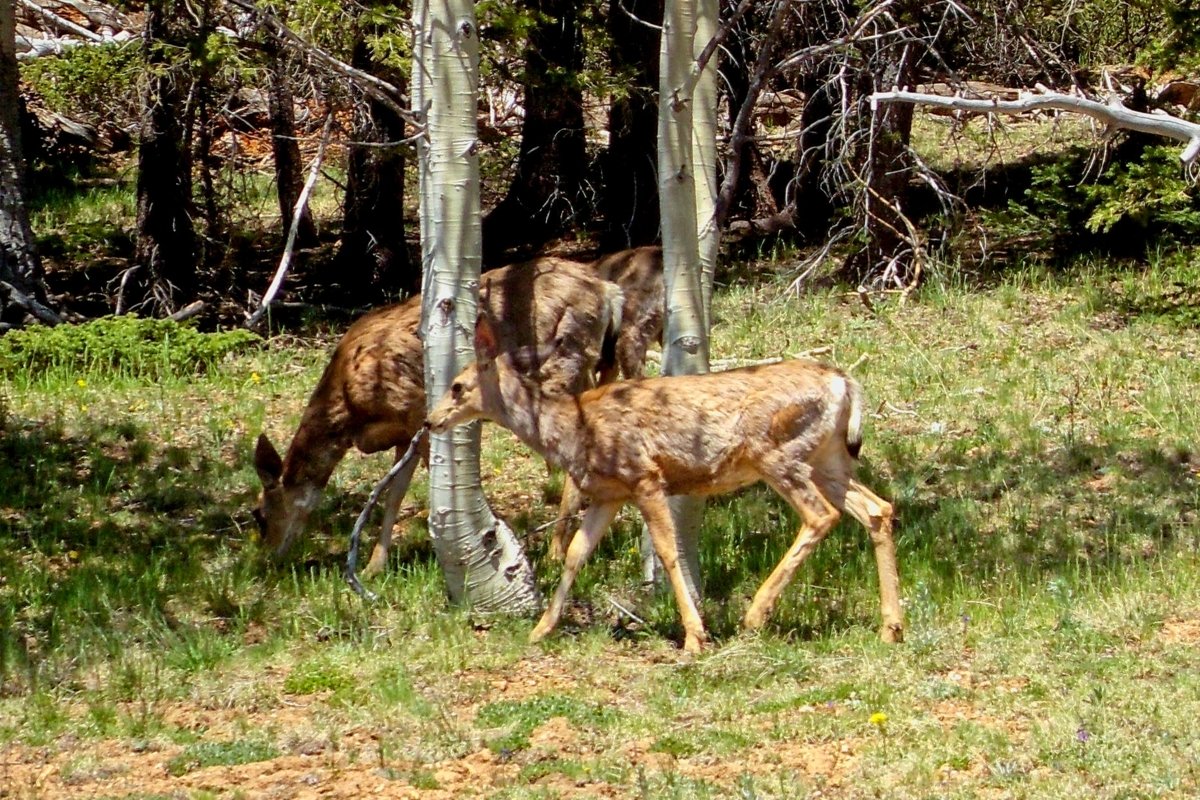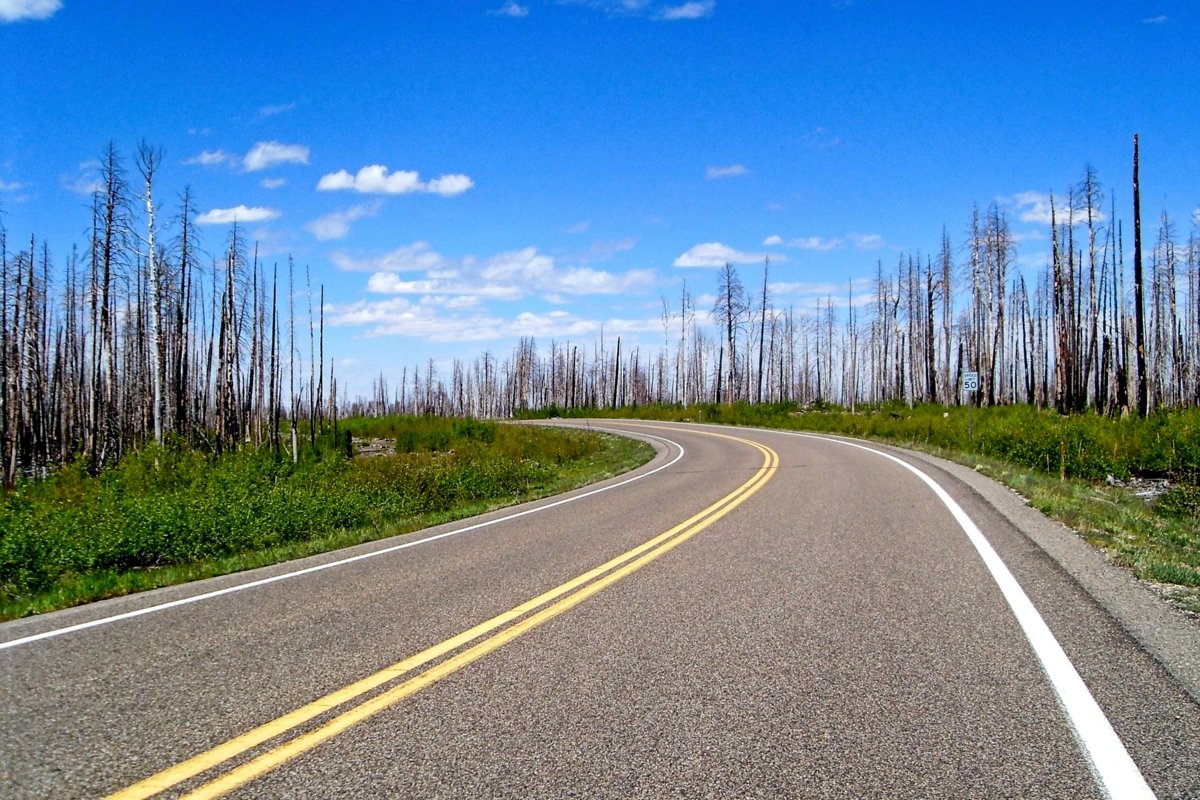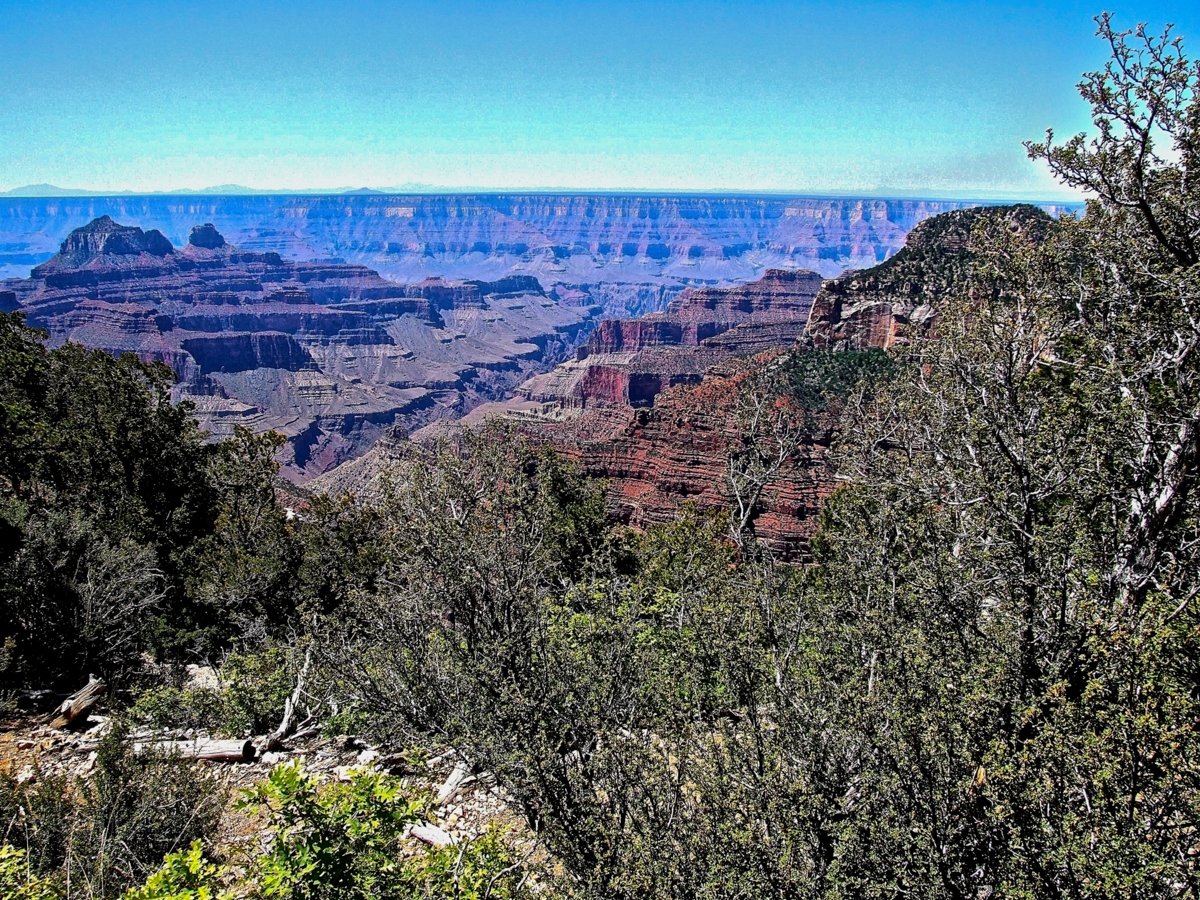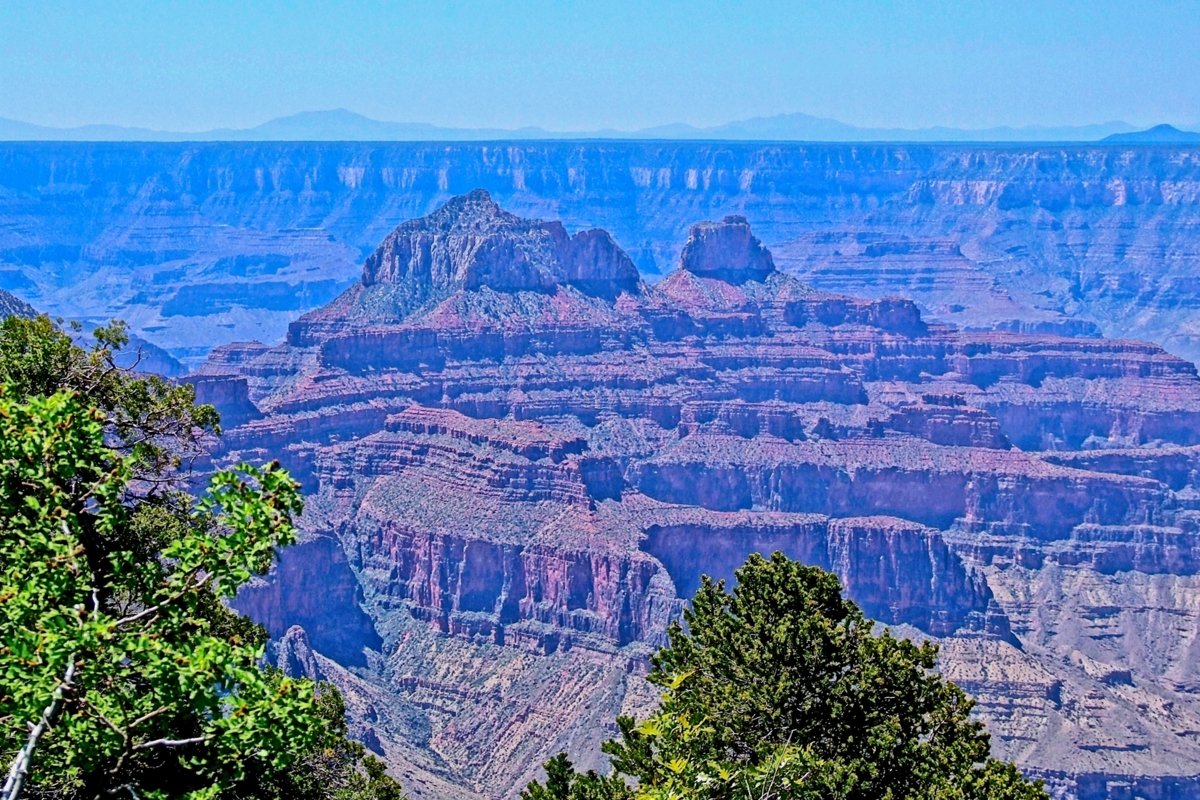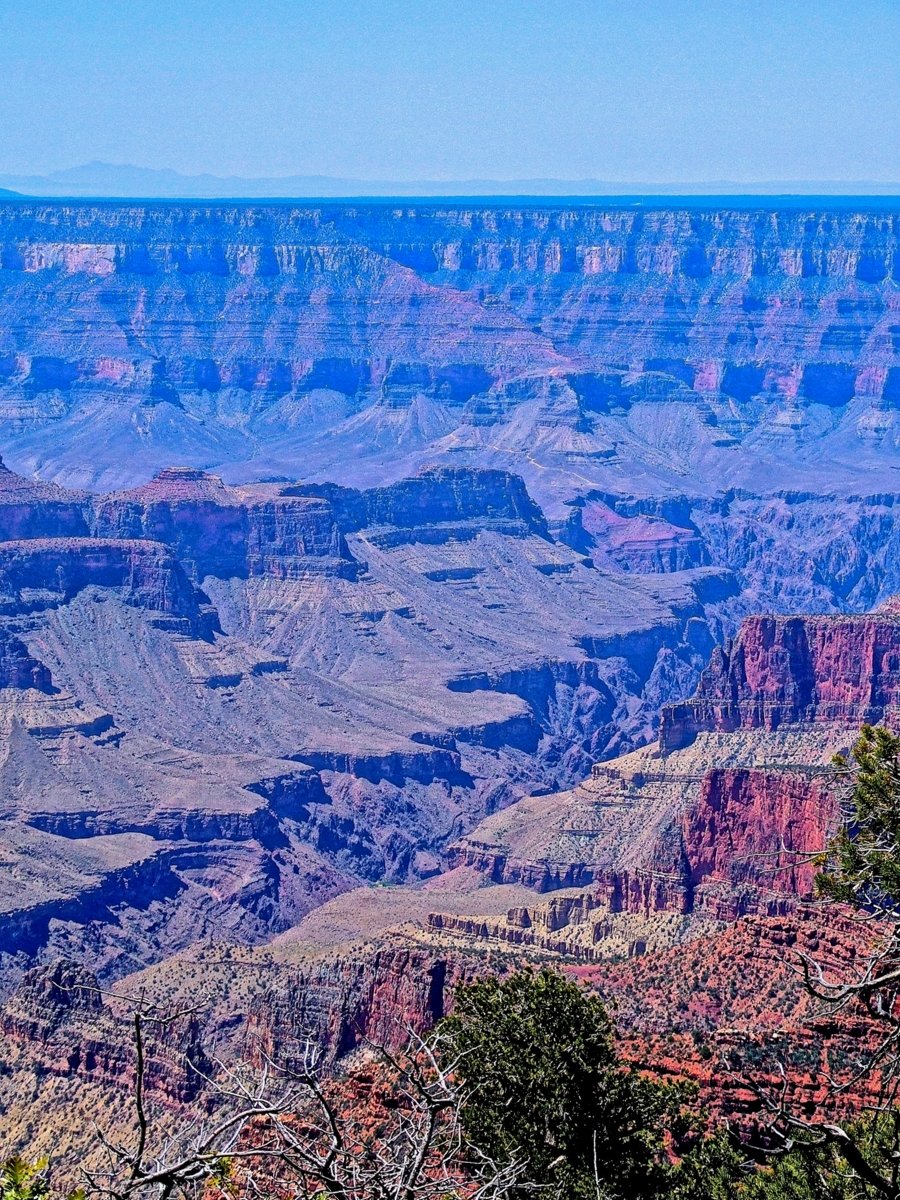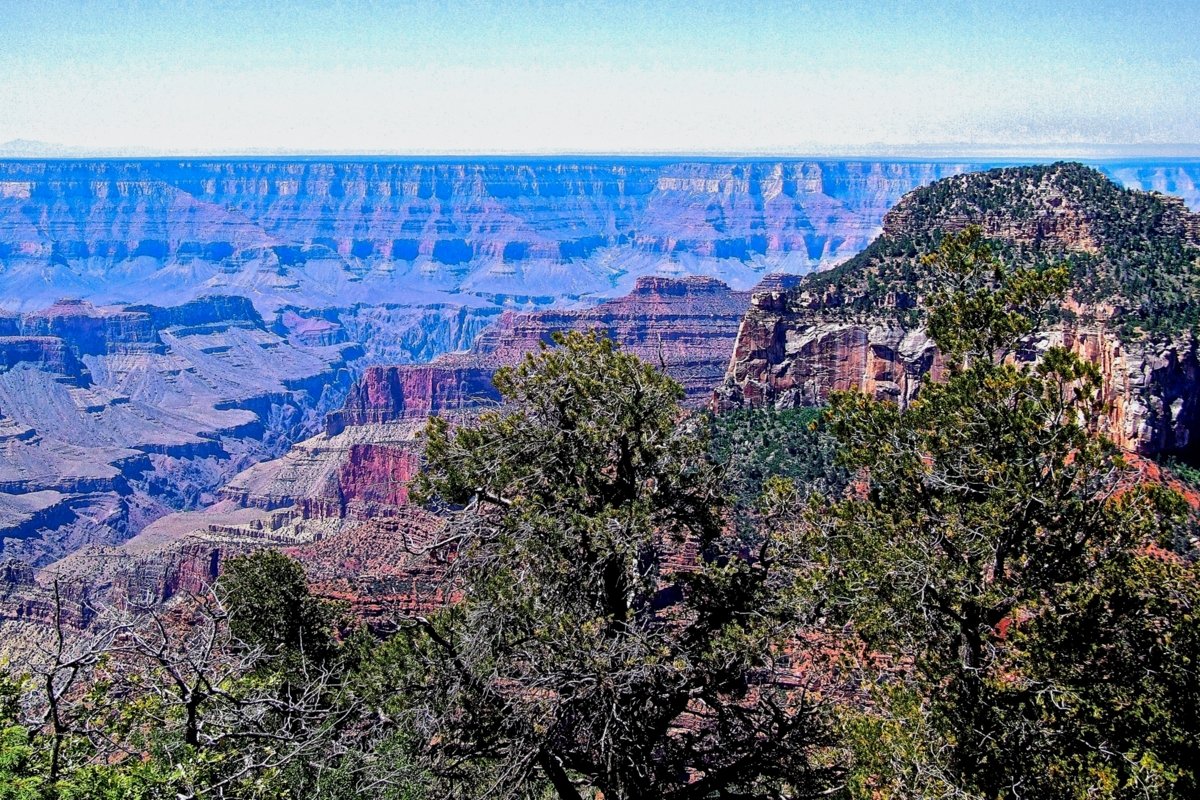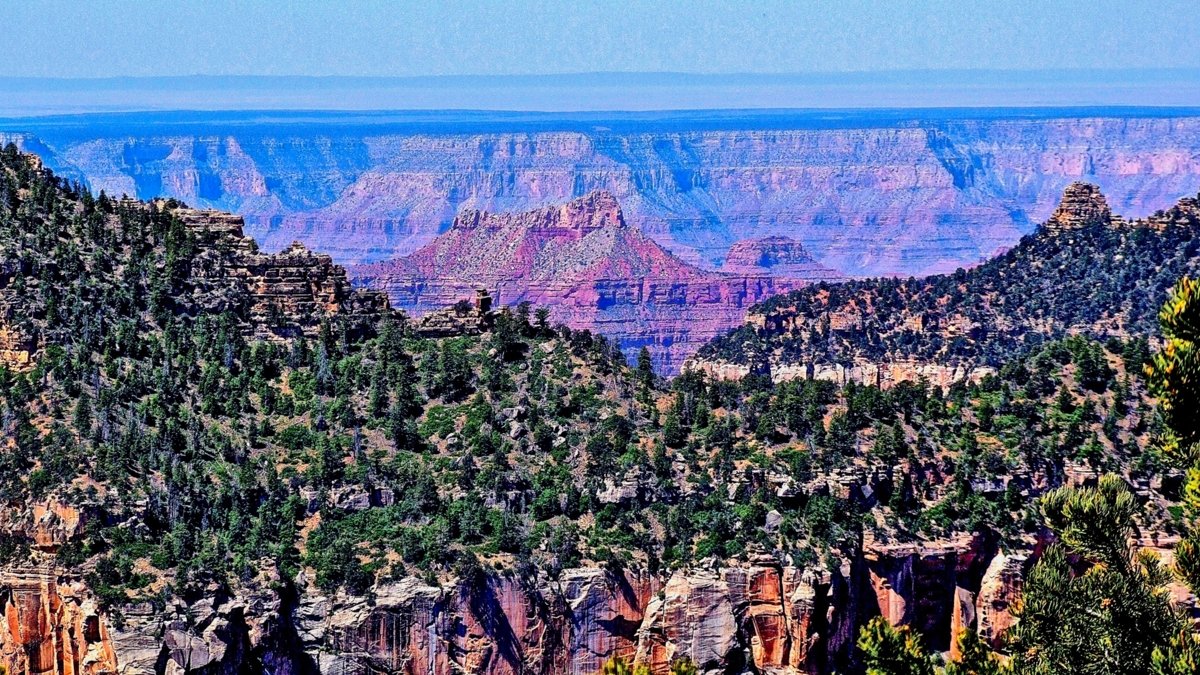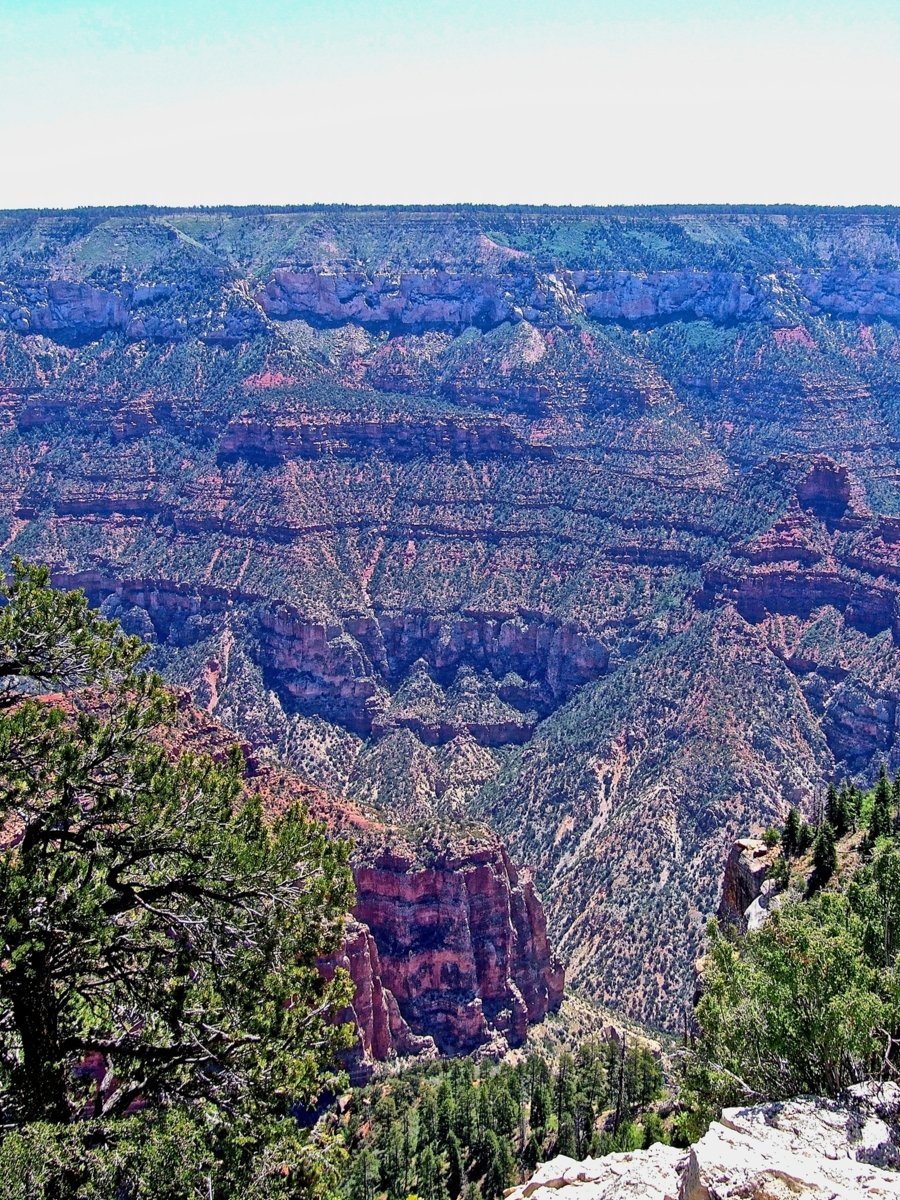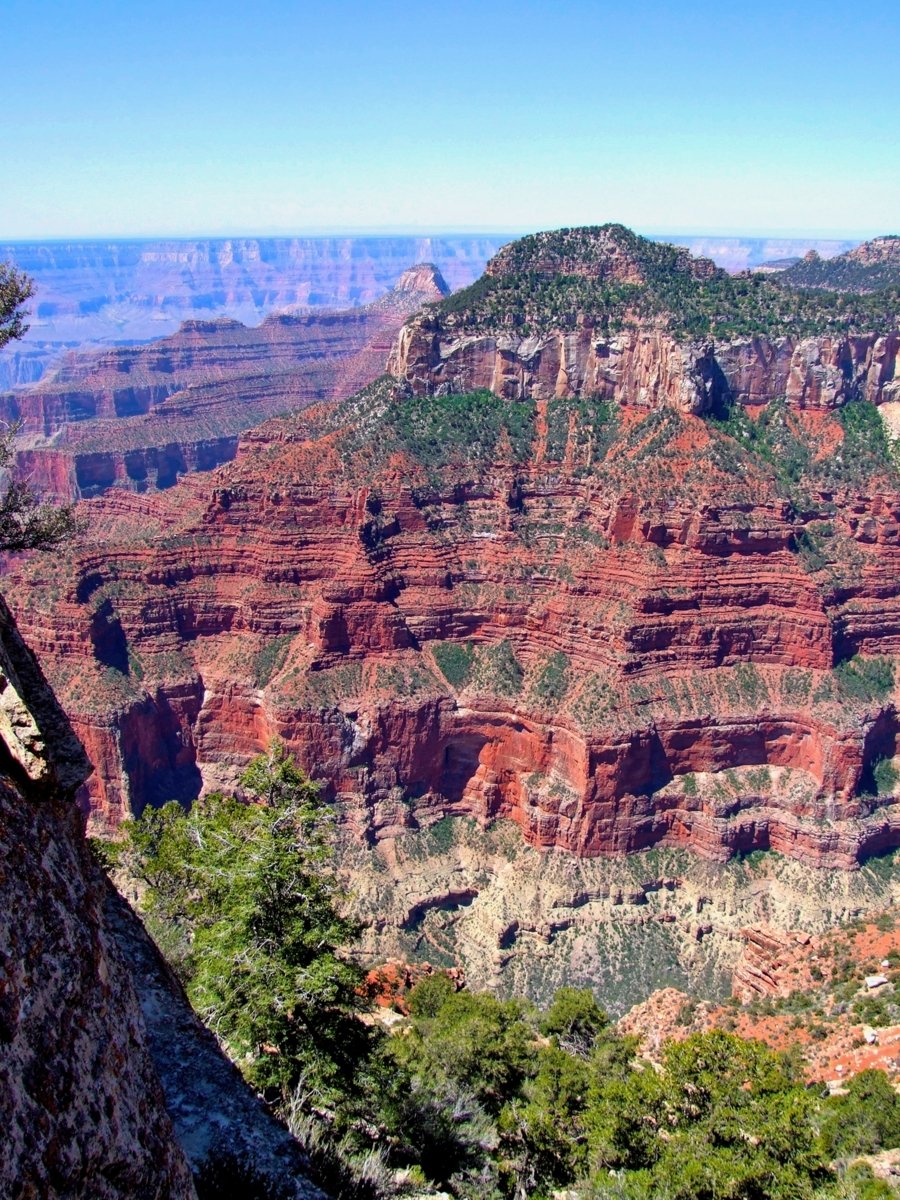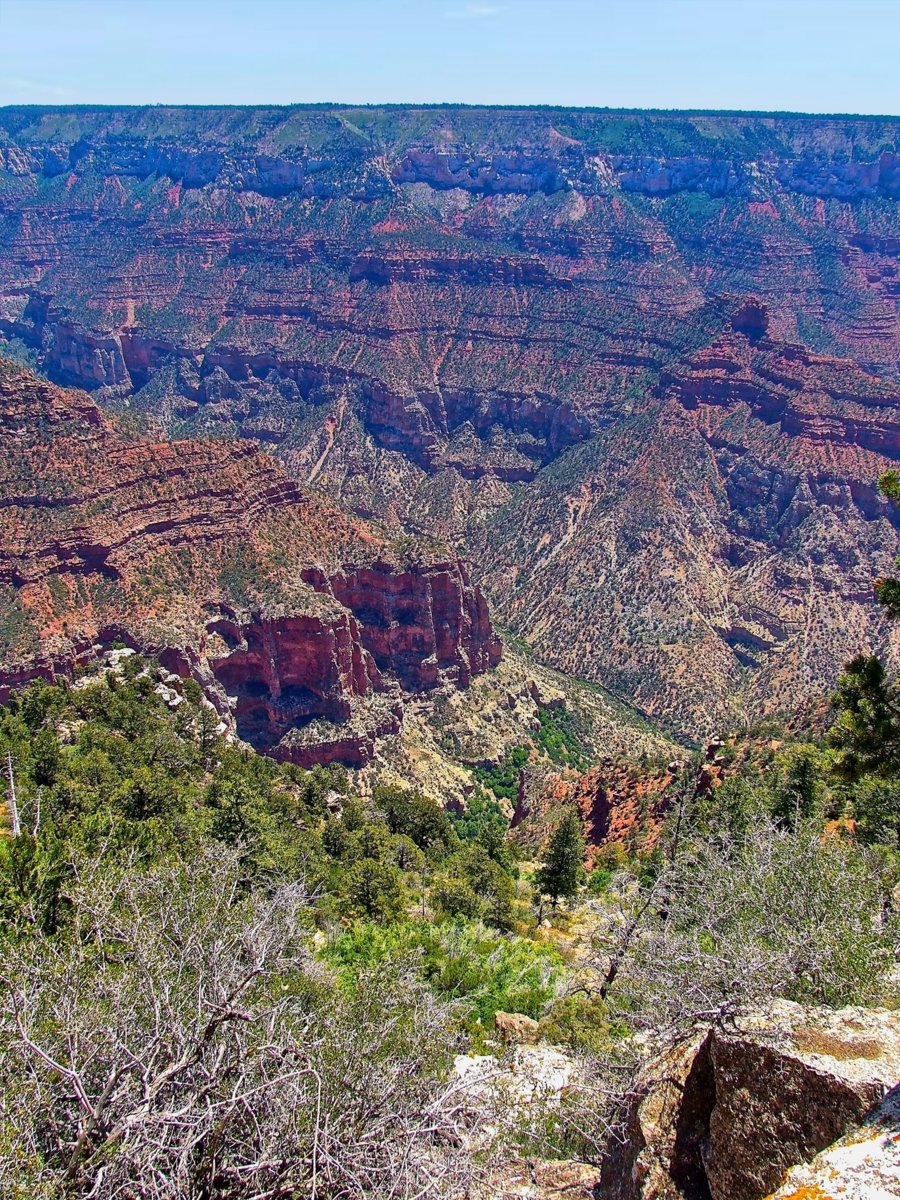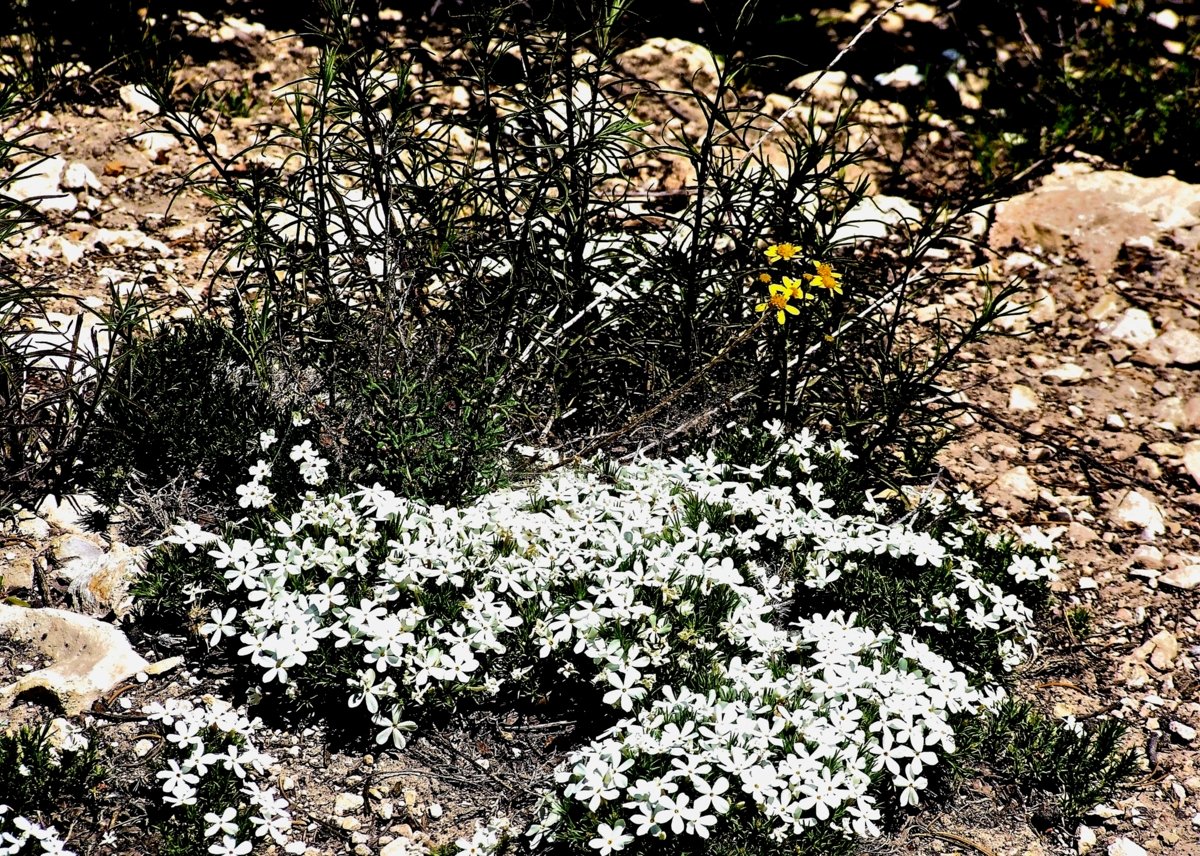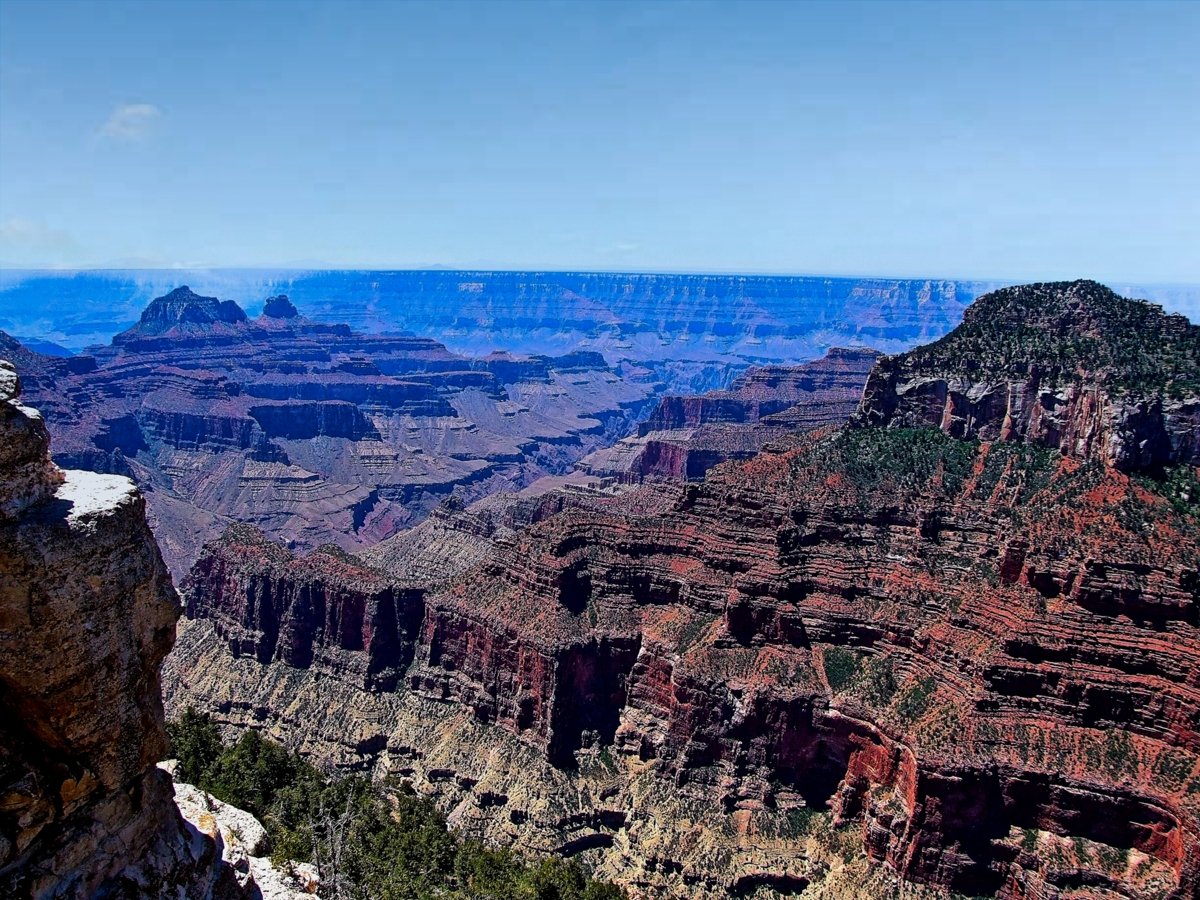
The Grand Canyon
The Grand Canyon in Arizona is a natural formation distinguished by layered bands of red rock, revealing millions of years of geological history in cross-section. Vast in scale, the canyon averages 10 miles across and a mile deep along its 277-mile length. Much of the area is a national park, with Colorado River white-water rapids and sweeping vistas.
Although its awesome grandeur and beauty are the major attractions of the Grand Canyon, perhaps its most vital and valuable aspect lies in the time scale of Earth history that is revealed in the exposed rocks of the canyon walls. No other place on Earth compares to the Grand Canyon for its extensive and profound record of geologic events. The canyon’s record, however, is far from continuous and complete. There are immense time gaps; many millions of years are unaccounted for, owing to gaps in the strata that resulted either from vast quantities of materials being removed by erosion or because there was little or no deposition of materials. Thus, rock formations of considerably different ages are separated by only a thin distinct surface that reveals the vast unconformity in time. The cutting of the mile-deep Grand Canyon by the Colorado River is an event of relatively recent geologic history that began not more than six million years ago, when the river began following its present course. The Colorado River’s rapid velocity and large volume and the great amounts of mud, sand, and gravel it carries swiftly downstream account for the incredible cutting capacity of the river.
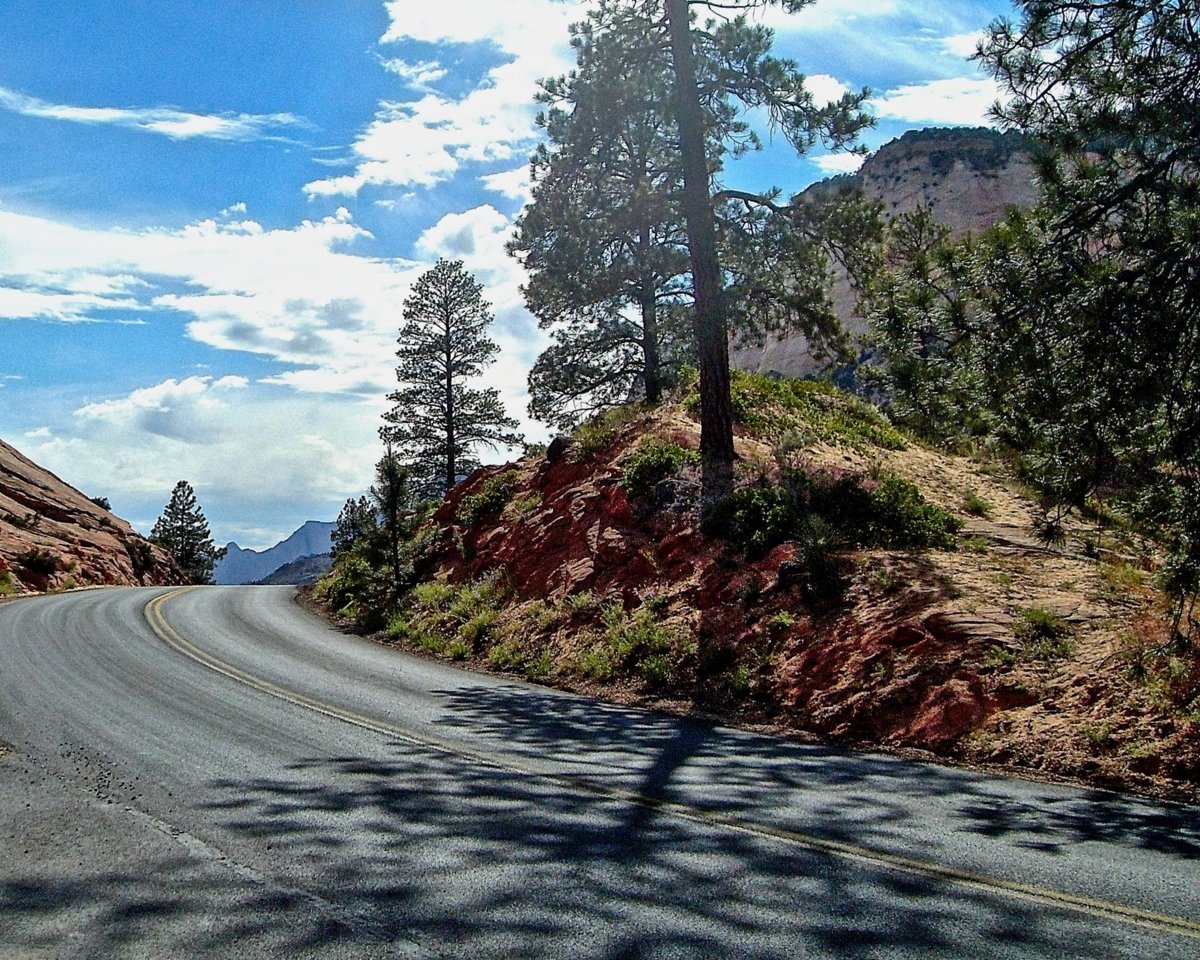
What lies around the bend?
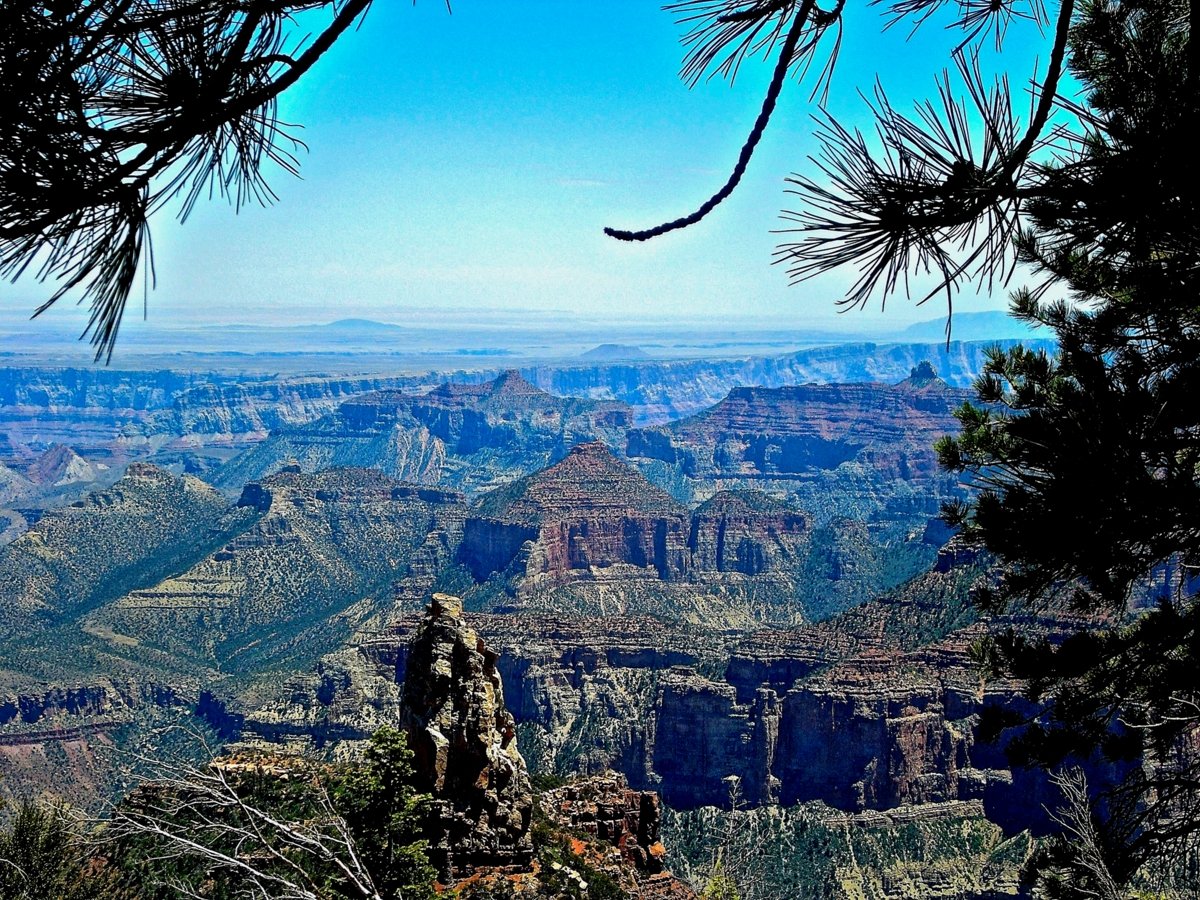
Words cannot describe the immensity of the Grand Canyon landscape
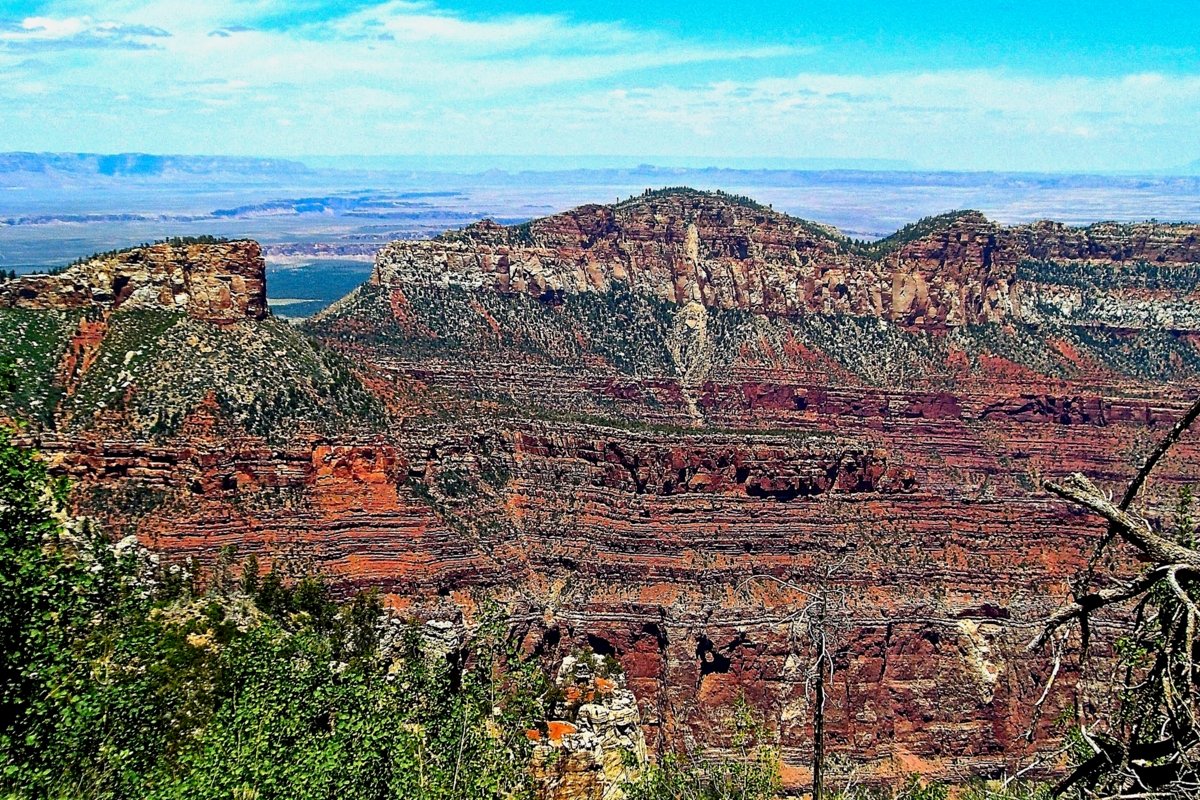
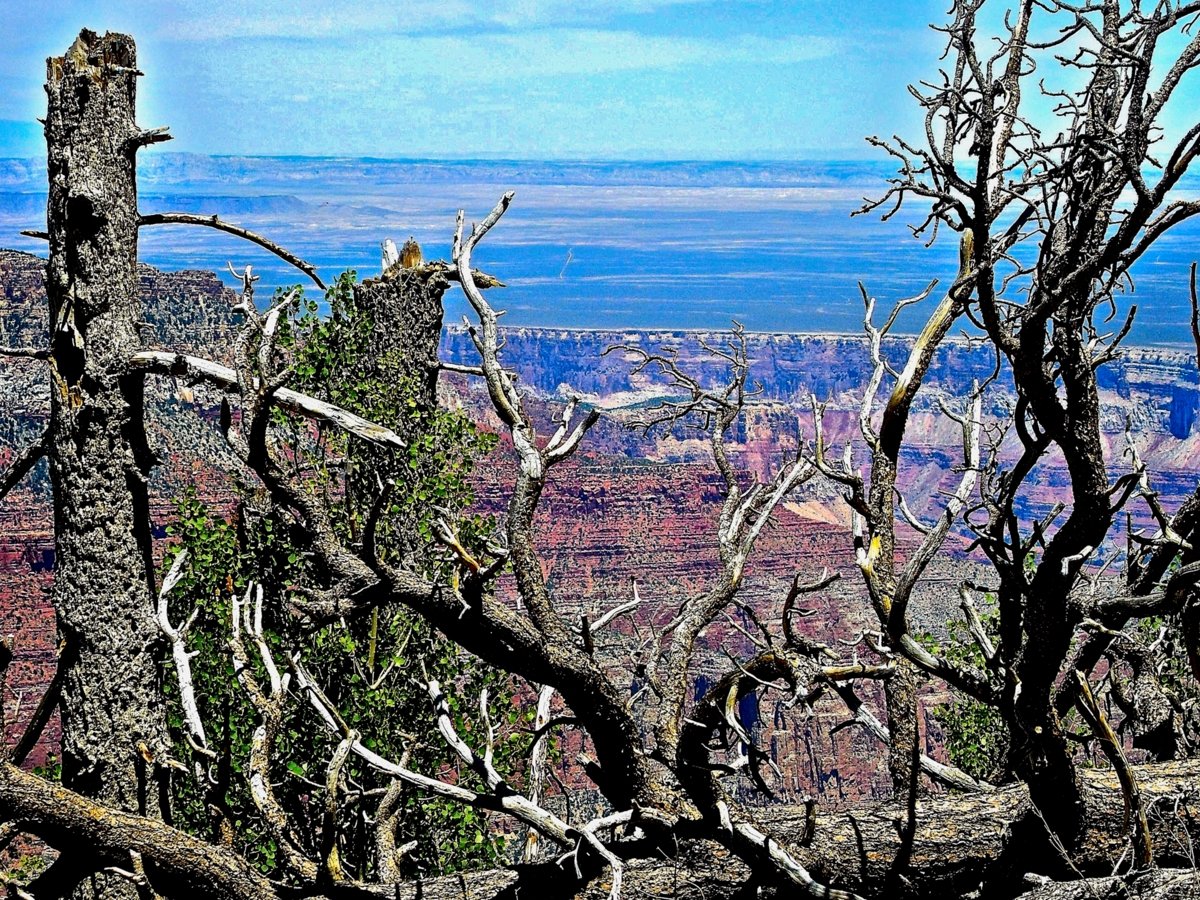
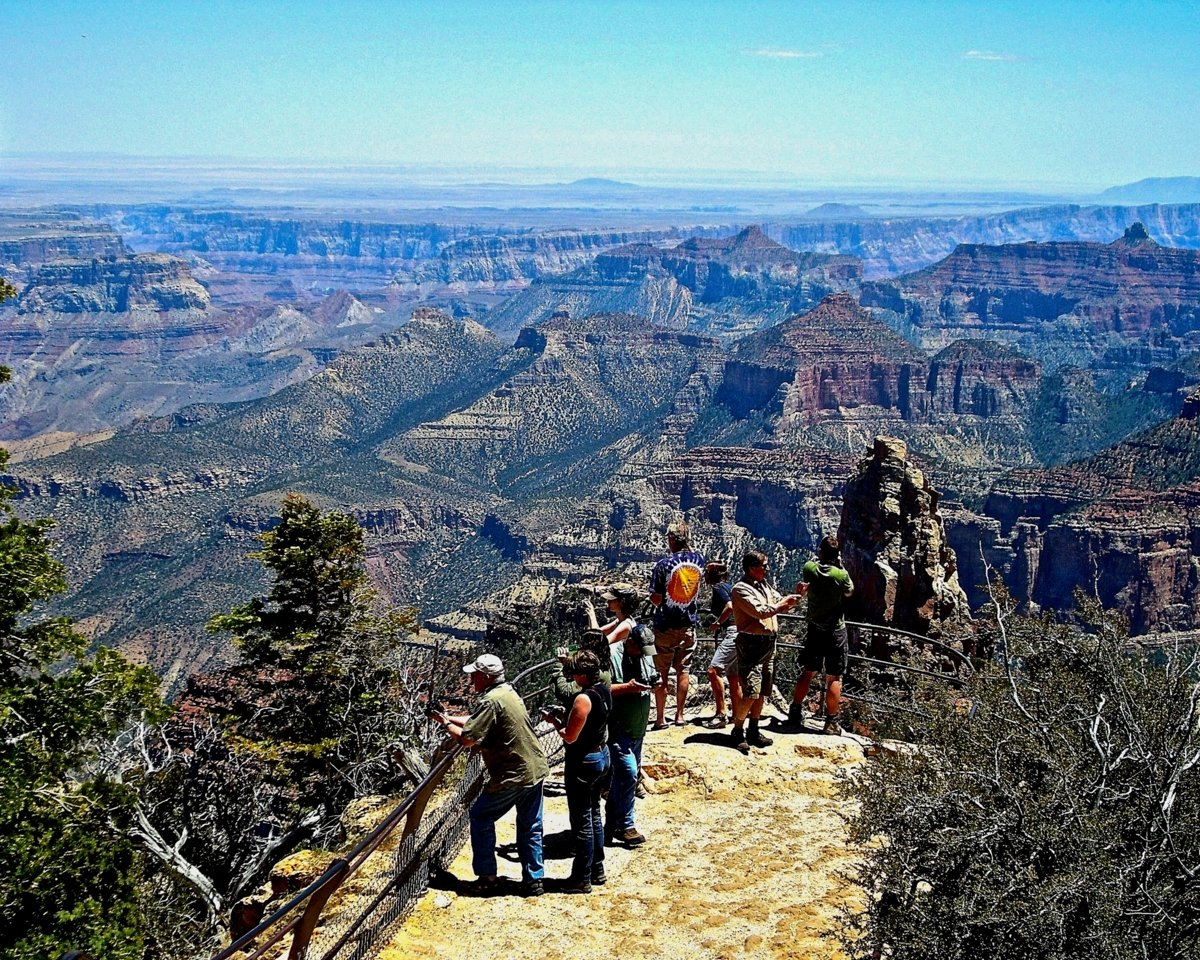
People emphasise the scale


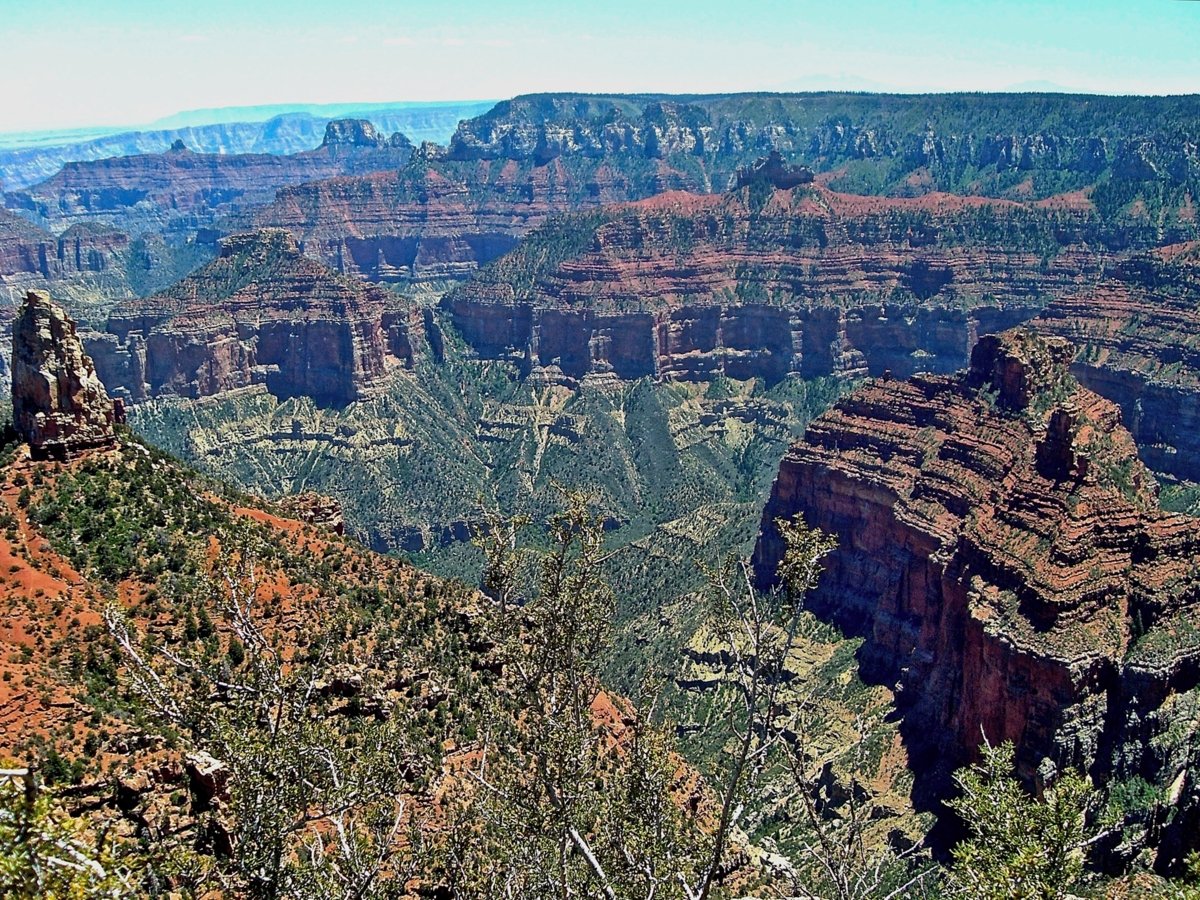


Small lizard
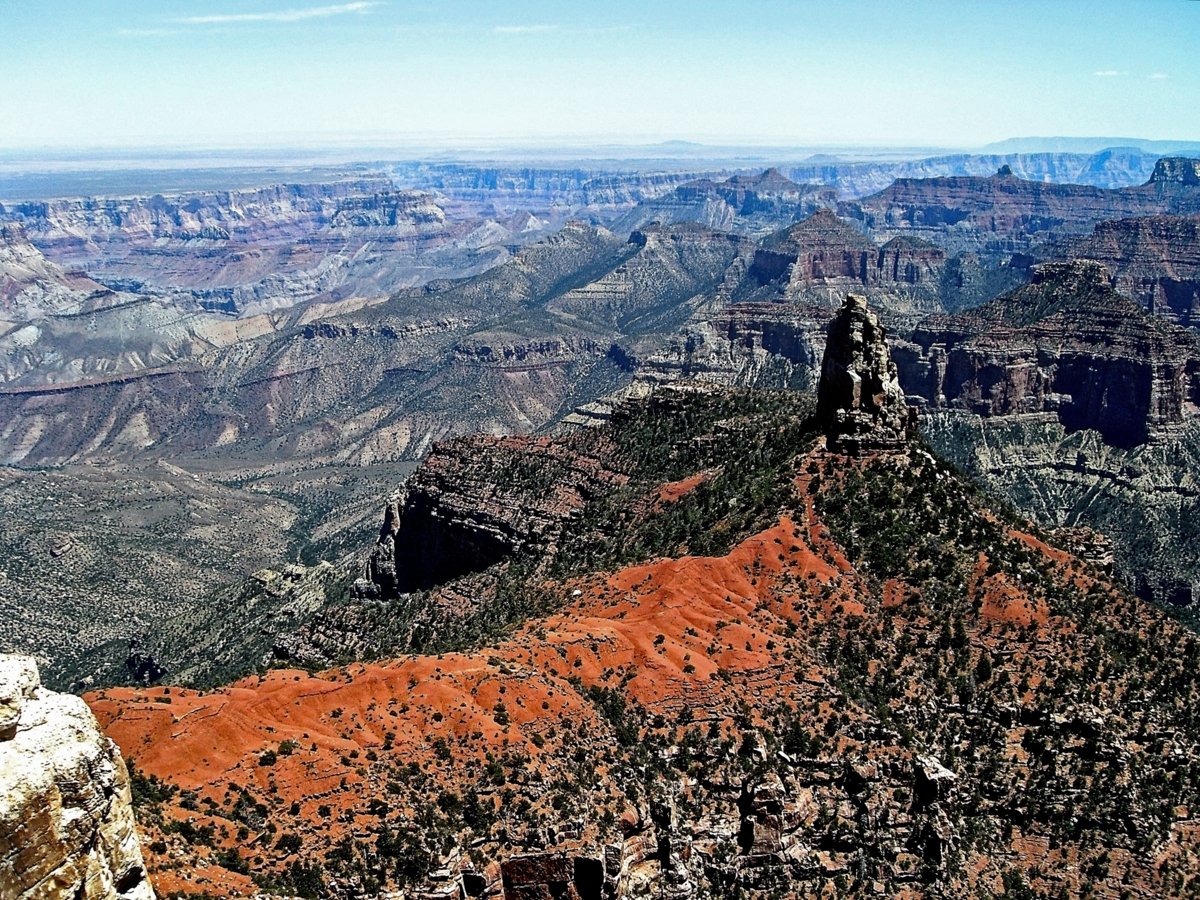
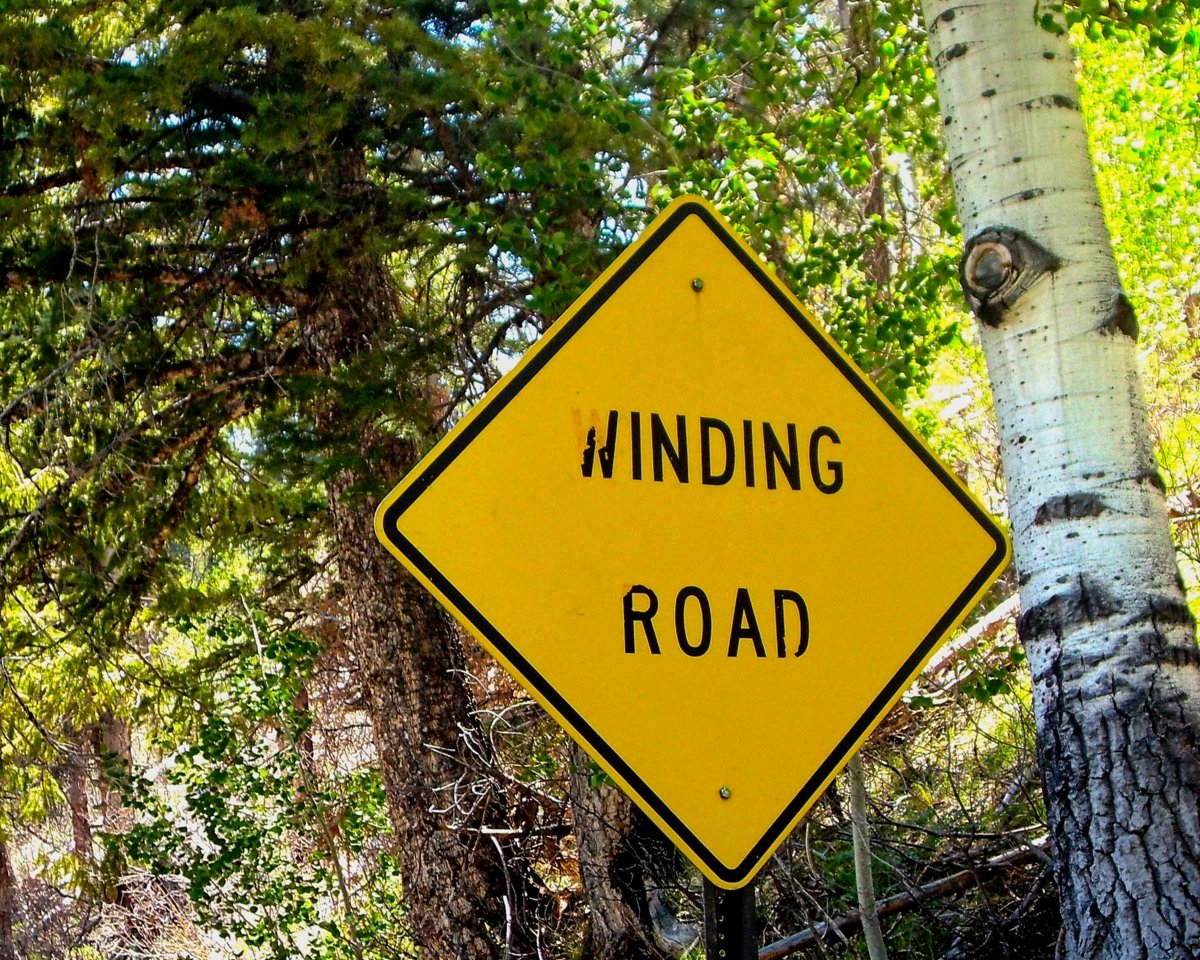
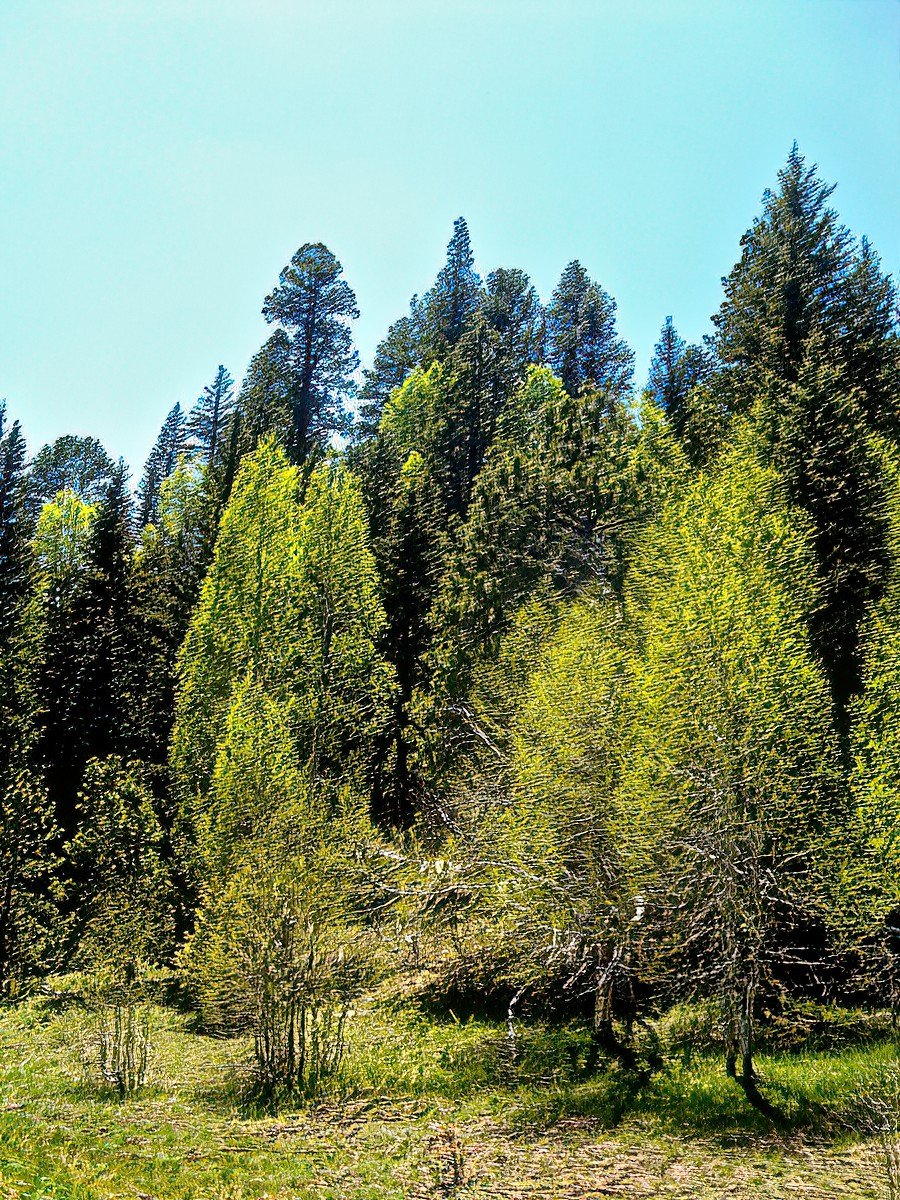
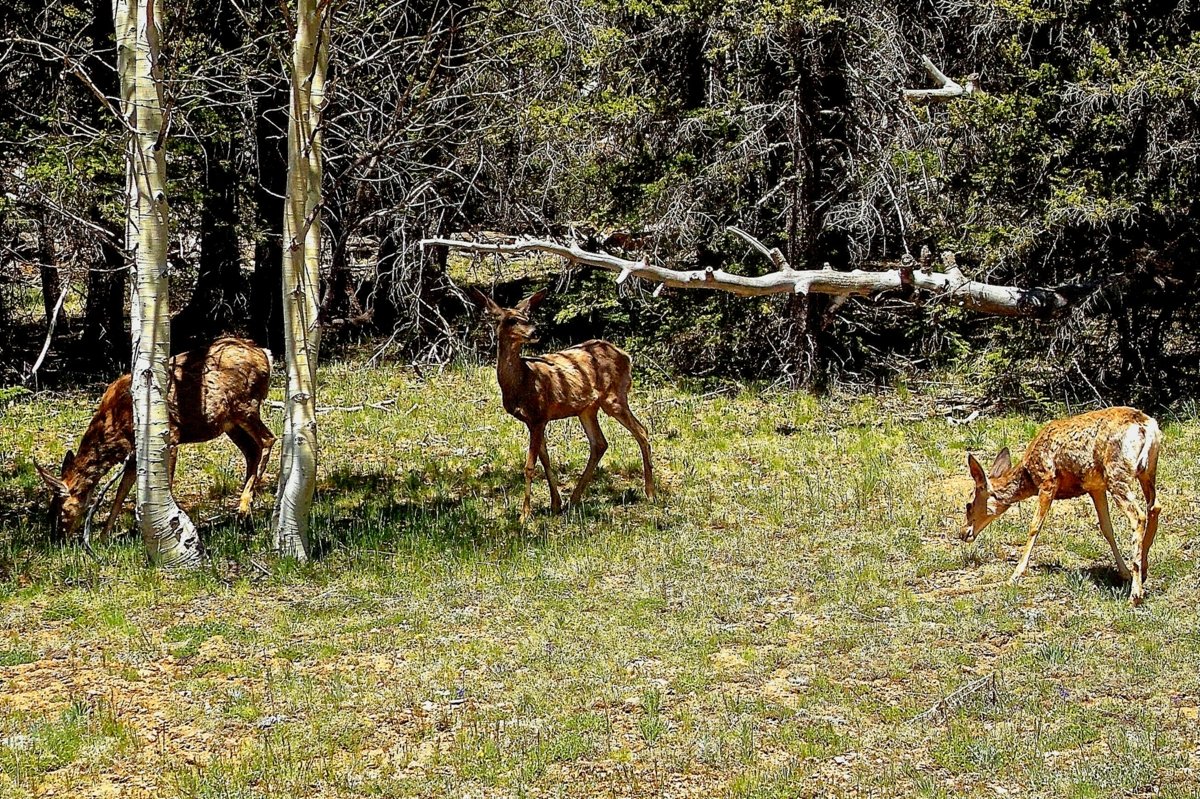
Mule deer
